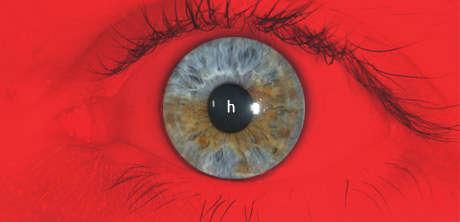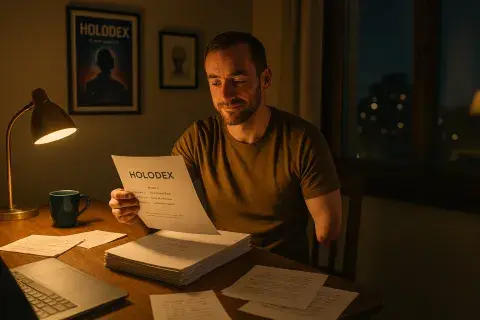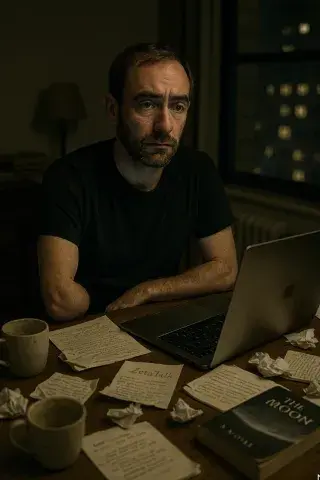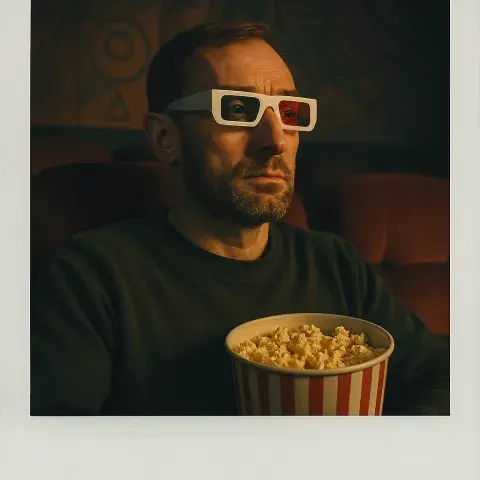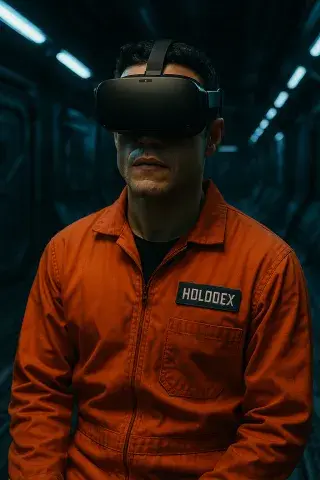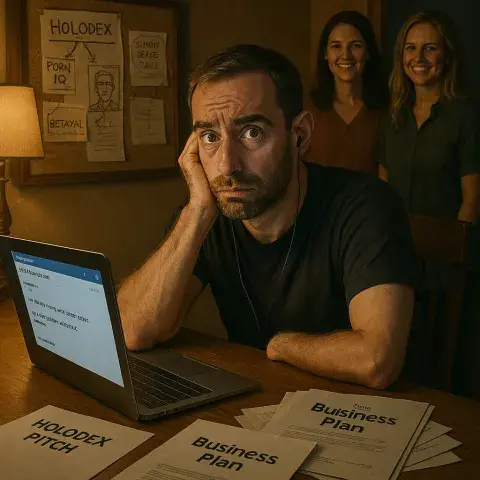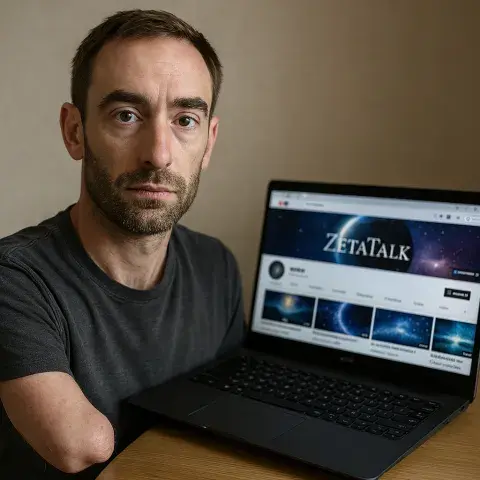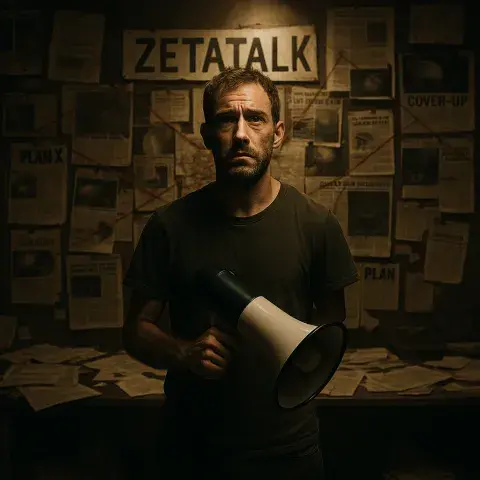Chapter 11 - University:
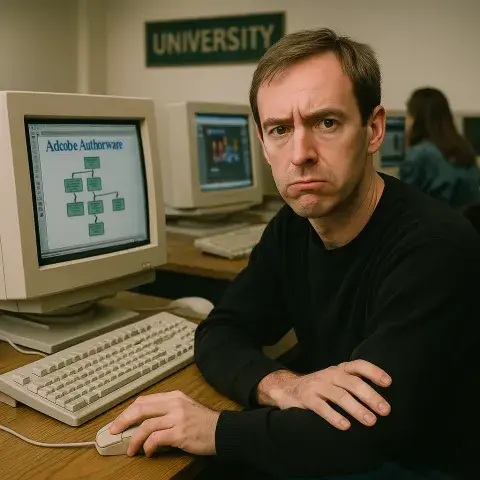
When I decided to go to university, I was just following the herd. It seemed like the "right" thing to do—society’s expected next step after school. But looking back, I didn’t think it through. I already had a passion for crafting magazines and was immersed in creative projects, so I picked a course that I thought would complement my interests.
From day one, it was like stepping into a museum exhibit of tech that time forgot. The software of choice? Adobe Authorware.
Yes, I know—exactly.
It was clunky, painfully dated, and no one in the real world was using it anymore. Meanwhile, I was head-over-heels in love with Macromedia Flash, the new kid on the digital block. Flash was alive—fluid, visual, interactive. Authorware? It felt like coding on a typewriter.
Meanwhile, outside the classroom, I was self-teaching everything I needed to know. I was pouring myself into projects far bigger and more ambitious than anything my lecturers assigned. The contrast was stark: the university environment felt restrictive and outdated, while my personal work felt alive with possibility and relevance.
I remember showing a Flash animation I'd built to a classmate—it had sound, buttons, even an easter egg. They blinked like I’d performed a magic trick. Meanwhile, we were still being taught how to draw flowcharts for e-learning modules that hadn’t been relevant since the late ’90s.
Some modern voices are right when they say university can be a colossal waste of money. It wasn’t teaching me anything I couldn’t learn on my own, and certainly not at the pace I was learning it. My passion for creativity and self-education ultimately carried me further than any lecture ever could.
In the end, university didn’t teach me much—but it helped me discover something far more important: that real education starts when you trust yourself enough to go your own way.
